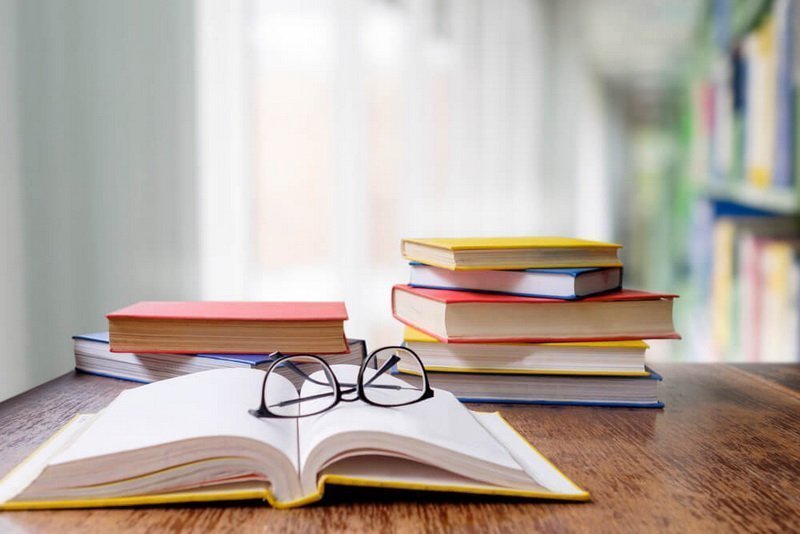
Contents
The fact that you read books is already a good thing. But it’s even better if you do it right.
Some books are easy enough to try, others you want to swallow in one fell swoop, and there are some that take a long time to chew and digest.
Francis Bacon
In 1940, the American philosopher Mortimer Adler wrote ” How to read books. Guide to reading great works”, which is now considered a classic. Let’s analyze important theses from his work.
What do you need to know to read books correctly?
There are four ways to read:
- Elementary. This is taught in elementary school. You read the words, understand their meaning, and follow the main story.
- Inspection. This is a vertical reading. You look at the beginning of the page, then go to the end and at the same time try to catch the key points. This method is suitable for those who need to master large training or work materials.
- Analytical. You read slowly and carefully, take notes, search for words that you don’t understand, and follow the author’s links.
- Research. This is how writers, scientists, and creatives read. You study several books on the same subject at the same time to confirm or disprove your theory.
Let’s focus on the second and third types of reading, because elementary reading is familiar to you for a long time, and research reading will interest a few. It is different from analytical and inspection reading: many people need it, but not all people have it.
What is an inspection reading

It is suitable in several situations. For example, you need to quickly evaluate a book in a store, understand the essence of the report, and find out the latest news in your field. You will not need to go deep into the text, but rather quickly capture and evaluate the information. How do I learn this?
Read the title and study the cover of the book
The author always attaches great importance to the title and design, puts in them the main meaning of the entire book. If you can guess this message, many things will become clear even before the first lines of the text.
Pay attention to the first pages
The table of contents, preface, and prologue are useful pages that will give you an idea of the entire book, even if you are looking at a multi-page scientific work.
Review the Chapter titles and conclusion
This is especially true for business and popular science literature. Here you can go straight to the end to find out the main conclusions, and then read the proof.
Read reviews
Find book sites that publish reviews from real people.
These skills will help you choose the right book in 5-10 minutes and save time.
What is an analytical reading

If you can’t read in this way, no book can give you what the author has written in it. Use analytical reading when you want to get the most out of reading. Let’s see how to get the most out of what we read.
This will clarify the motives and features of his work. A book about financial success will be more credible if it is written by a practicing entrepreneur, rather than a bankrupt loser. A novel about war will read differently if the author himself went through it.
Take a few minutes of inspection reading
Before diving into the text, pay attention to the title, cover, first pages, table of contents, and conclusion.
Go back to the difficult moments
If you come across a difficult or incomprehensible place, don’t stop there, just make a note and keep reading. When you finish the book, go back to your bookmarks and pay attention to all the controversial and unclear points. Use additional sources and re-read complex paragraphs. You should not have any dark places left in the material you are studying.
Prepare a short summary
After you read the book, make a short report. Tell us about your impressions and new knowledge. Ideally, if you do it in writing.
-
- What is this book about? Sometimes we are so immersed in the story that by the end we forget about the main idea of the author. Describe the main meaning of the work in a few sentences.
- What happened and why? Make a short outline of the book. For fiction, this may be the key event of the plot, for popular science-the the main theses and evidence.
- Are the events, facts, and opinions described in the book interesting and true? How do you feel about the book? Do you agree with the author’s opinion?
- What conclusions did you draw? Tell us what you learned from the book for yourself.
This approach to reading requires a lot of time and may seem tedious. But you will get the most out of every hour spent with a book in your hands.
